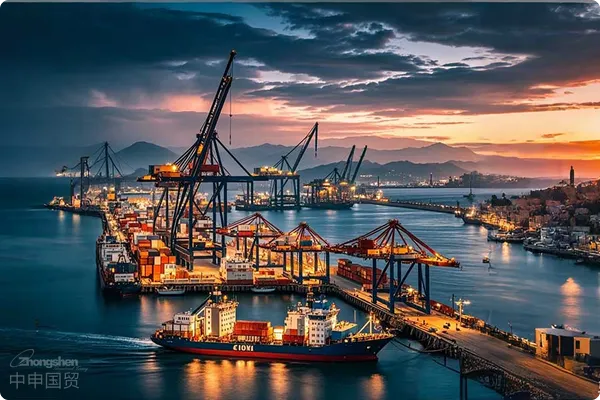- Shanghai Zhongshen International Trade Co., Ltd. - Two decades of trade agency expertise.
- Service Hotline: 139 1787 2118

Contents
ToggleFireEquipment Importsspecial requirements
In 2025, the General Administration of Customs will include 12 categories of products such as firefighting equipment and industrial torches.Key Inspection DirectoryThe error rate in import declarations is 47% higher than that for ordinary equipment. Special regulatory requirements are primarily reflected in three aspects:
- Certification documents: Required to be provided3CCertification or equivalent international certification documents
- Technical parameters: 18 technical indicators must be specified, including combustion efficiency and emission standards.
- Packaging specifications: Fireproof and explosion-proof packaging must be UN-certified (United Nations standards for the transport of dangerous goods).
Typical Customs Clearance Challenges and Solutions
Based on our statistics from handling 327 cases of fire equipment imports, enterprises commonly encounter the following three types of issues:
- Incorrect HS code selection: A company declared an industrial burner as a "general mechanical part," resulting in customs clearance delays.
- Tips for Correct Selection: Refer to Item 23 of Chapter 8 in the 2025 Edition of the "Compilation of Customs Commodity Classification Decisions."
- The commodity inspection process is complex.: Firefighting equipment requires an average of 4 on-site inspections.
- Solution: Prepare EU CE/US UL certification in advance to shorten the inspection cycle.
- Logistics connection error: The error rate in dispatching hazardous material transport vehicles is as high as 32%.
Key Changes in the 2025 Customs Regulations
The implementation this year:Three-zone separation supervision systemEnterprises are hereby specially reminded to note:
- Storage Area: Hazardous materials must be stored in a customs-certified bonded warehouse.
- Inspection Area: New infrared thermal imaging detection equipment added.
- Release Area: The electronic seal system has been upgraded to version 4.0.
Comparison of the Value of Professional Agency Services
We compared the actual data between self-customs clearance and professional agents for 2024-2025:
- Time cost: Average 23 days for self-processing vs 9.5 days for agency processing
- Inspection probability: Routine declaration inspection rate of 41% vs. pre-classification declaration inspection rate of 12%
- Demurrage charges: Enterprises independently generate an average of USD 2,800 vs. agents controlling it within USD 900.
Practical case analysis
Case Background:A chemical company encountered classification disputes when importing a high-temperature incinerator from Germany.
- Self-declaration by the enterprise: Classified under 8417.8000 (Other industrial furnaces).
- Customs determination: It should be classified under 8417.2000 (hazardous waste treatment equipment).
- Agency Solution: Reclassify by submitting German TüV certification documents, achieving a 12.7% tariff reduction.
Key factors to consider when choosing a proxy service
- Hazardous Materials Operation Qualification: Verify the "Customs Registration Certificate" and "Hazardous Materials Business License"
- Emergency response capability: Requires submission of customs clearance exception handling timeliness data for the past 3 months.
- Customs System Compatibility: Verify whether its declaration system is connected to the new generation of Customs ERP system.
Related Recommendations
? 2025. All Rights Reserved. Shanghai ICP No. 2023007705-2  PSB Record: Shanghai No.31011502009912
PSB Record: Shanghai No.31011502009912










